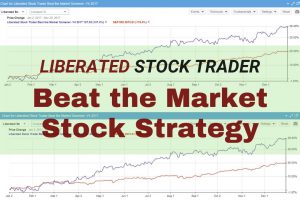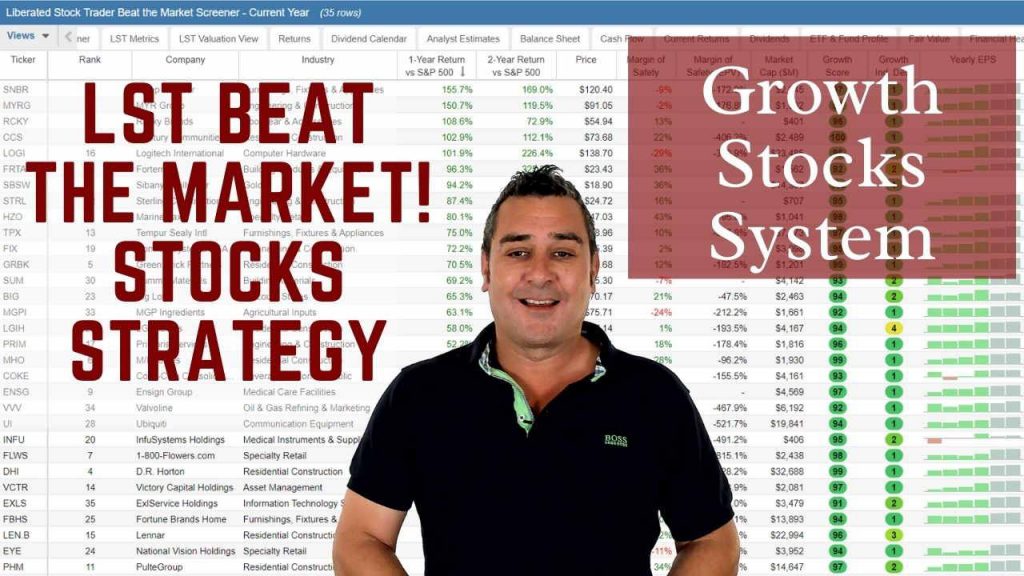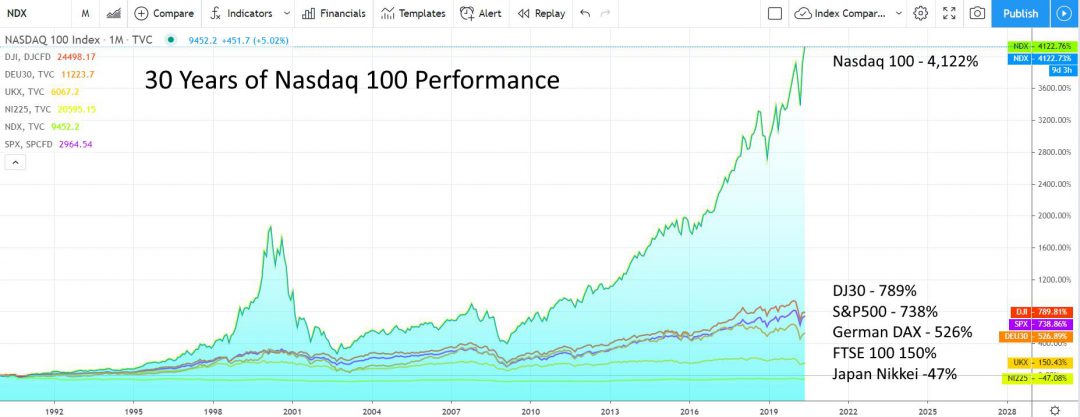Advanced Technical Analysis Techniques
Technical analysis forms the backbone of many successful trading strategies, providing traders with visual representations of market sentiment and price momentum. Advanced practitioners utilize multiple timeframe analysis, combining short-term price action with longer-term trend identification to make informed trading decisions.
Modern technical analysis incorporates sophisticated indicators such as volume-weighted average price (VWAP), relative strength index (RSI), and moving average convergence divergence (MACD). These tools help identify entry and exit points while managing risk through proper position sizing and stop-loss placement.
Chart pattern recognition remains crucial for anticipating market movements. Experienced traders identify formations like head and shoulders, triangles, and flag patterns to predict potential breakouts and reversals. This pattern-based approach, combined with volume analysis, provides powerful insights into market psychology and future price direction.




